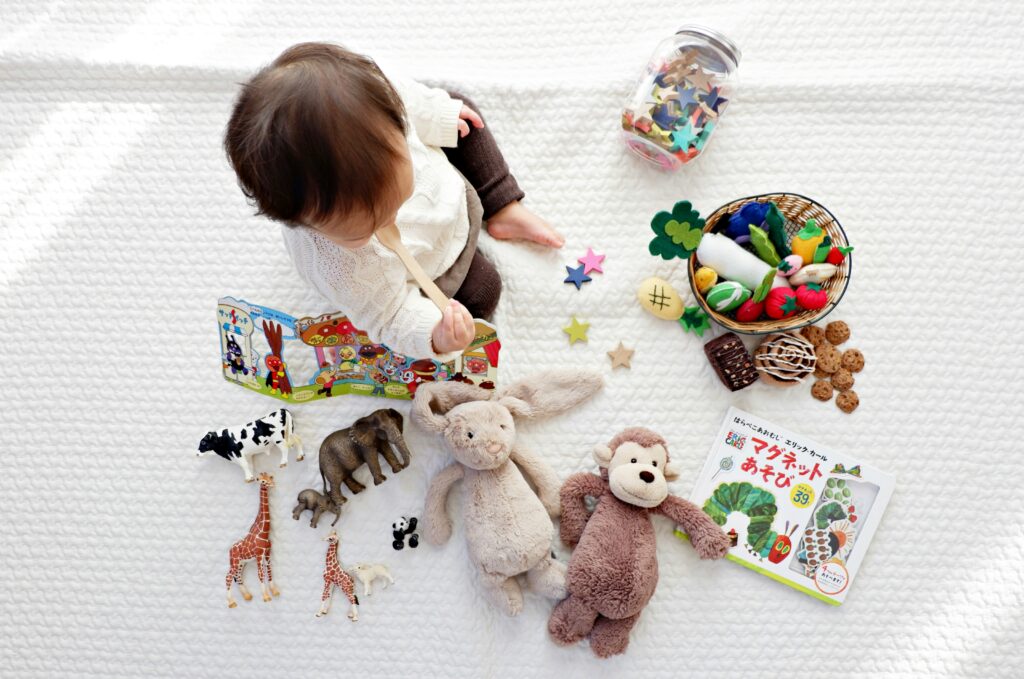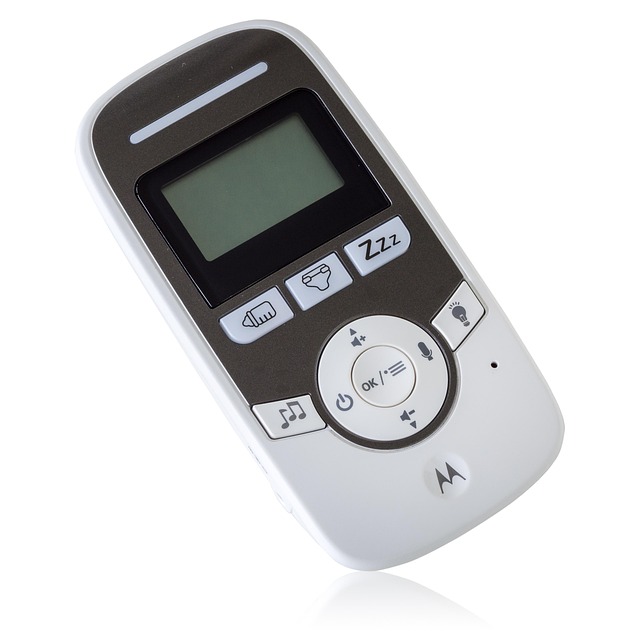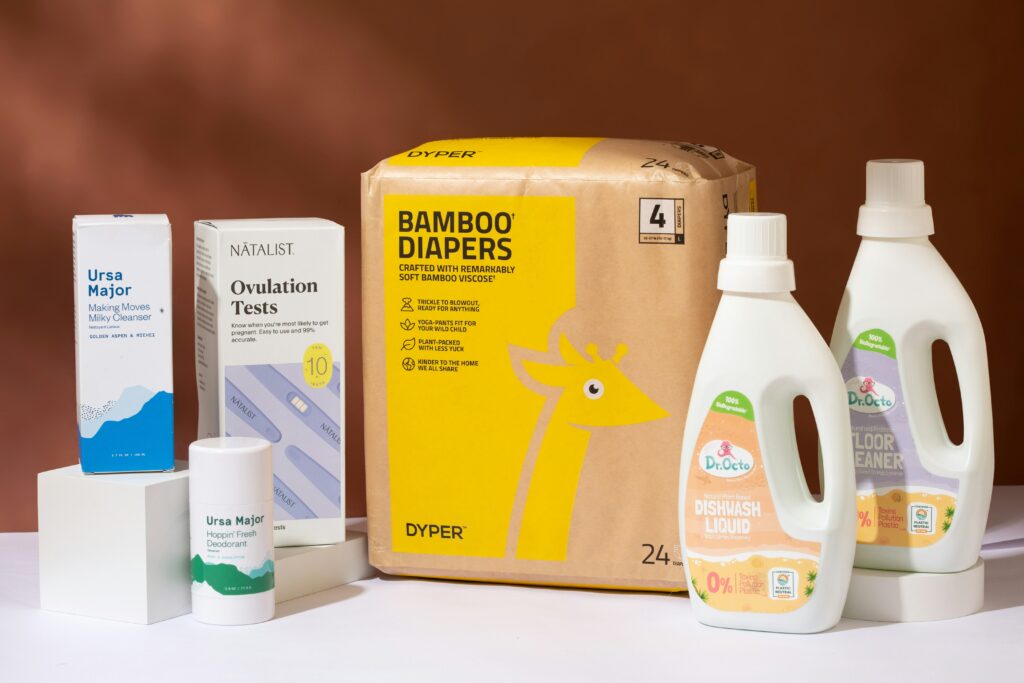Intro: Preparing for Baby Without the Overwhelm
Setting up a nursery doesn’t have to be a Pinterest project gone wild. In fact, the goal isn’t perfection—it’s function. A streamlined, well-stocked nursery keeps you from stumbling around at 3 a.m. searching for a burp cloth or realizing you’re out of diapers when it’s too late. It’s about giving yourself a space that works for you just as much as it does for your baby.
Comfort is key—for both of you. That means a setup that supports feeding, changing, and sleep without turning every task into a scavenger hunt. Convenience is the quiet hero here: having what you need, where you need it, when you’re running on fumes. And of course, safety underpins it all. A nursery isn’t just a cute room—it’s a functional zone designed to keep your baby protected while keeping your sanity intact.
A thoughtful nursery doesn’t need to be overstuffed or overly designed. It just needs to support life as it’s about to become—messy, magical, and sometimes unpredictable.
The Crib Setup
When it comes to where your baby sleeps, you’re looking at two main options to start: a bassinet or a convertible crib. The choice comes down to longevity and space. Bassinets are compact, easier to move, and great for keeping your newborn close in the early months. But they’re short-term. Most babies outgrow them by 4 to 6 months. Convertible cribs, on the other hand, are a longer play—they can shift from crib to toddler bed, and sometimes all the way to a full-sized bed. More upfront effort, but a solid investment if space and budget allow.
Whatever you choose, the foundation matters. Non-negotiable: a firm mattress that fits snugly in the frame, with fitted sheets only. Soft bedding, blankets, stuffed animals—all of it’s a no-go, especially in the first year. It’s not about looks. It’s about safety.
Stick to the basics. Flat surface, no extras, and a consistent safe sleep setup: baby on their back, in their own space, every time. Clean, simple, and most importantly—safe.
Diaper Changing Station
Changing Table or Dresser? Pros and Cons
A dedicated changing table gives you a designated zone with raised edges and built-in storage. It’s all about ease—grab a diaper, toss the dirty one, reach for wipes—no extra steps. That said, it takes up room and has a short useful life.
A dresser with a changing pad on top is the more flexible route. It looks cleaner in the long term and transitions into regular storage as your baby grows. Just make sure you secure the topper and keep essentials within reach—but out of baby’s reach.
Diaper Essentials: Storage, Wipes, Creams, Liners
A well-stocked station saves your sanity. You’ll want:
- Diapers (more than you think)
- Wipes (unscented, sensitive-skin friendly)
- Diaper cream (your go-to barrier)
- Disposable or washable liners (protects your pad)
- Change of clothes—every time
Use baskets, drawer dividers, or a caddy to keep everything sorted. Vertical storage saves space, and clear bins give you a quick glance at what’s running low.
Hygiene Tips to Keep Things Clean and Quick
Always have hand sanitizer or a wash station nearby. Wipe down the pad at least once a day and after any mess-up. Swap out liners if they get wet. Dispose of diapers quickly—sealed bins with foot pedals help a lot.
Set the space up once, but be ready to adjust. The goal is fast, safe, single-handed changes. No frills needed, just function.
Feeding Zone
No matter how you’re feeding your baby—breastmilk or formula—the setup you build around it makes all the difference. You’ll be spending hours here, day and night, so comfort and efficiency are king.
Start with a chair that supports your back and shoulders but doesn’t swallow you whole. A rocking glider or anything with arm support is a win. Add a couple of firm pillows to help with positioning, and stash extra burp cloths everywhere—they go missing faster than socks in a dryer.
Then comes the storage game. Think small baskets or bins nearby stocked with bottles, formula, or pump parts. A rolling cart works well, especially if you’re feeding in different rooms. Pacifiers, nipple cream, snacks for you—keep the essentials close, not buried in a cabinet. This isn’t just about feeding. It’s about carving out a calm, consistent space where you and your baby can both take a breath.
Storage Solutions That Work
Creating an organized nursery doesn’t mean you need a massive space—it means using what you have smartly. Choosing the right storage solutions helps keep clutter to a minimum and makes daily routines much smoother.
Key Storage Tools to Consider
Start with versatile, easy-to-access options that grow with your needs:
- Open bins: Perfect for storing toys, swaddles, or extra diapers. They’re great for quick grabs and visual access.
- Drawer dividers: Turn a single nursery drawer into multiple mini-compartments ideal for socks, bibs, and diaper creams.
- Shelf organizers: These work well for clothing, books, or backup supplies. Use labels to make finding things even easier.
What to Store Now vs. Later
Not everything needs to be out at once. Think in layers:
- Store Now:
- Daily-use clothing (0–3 months)
- Diapers and changing supplies
- Burp cloths and feeding items
- Store for Later:
- Clothing in larger sizes
- Extra crib sheets and seasonal items
- Feeding tools for later stages (like sippy cups or utensils)
Stash grow-into items in labeled storage bins or drawers so you’re not digging around when baby hits a growth spurt.
Make It Functional—And Easy to Use
The golden rule? Keep essentials within arm’s reach.
- Place diapers, wipes, and ointments directly beside the changing station
- Keep onesies and pajamas in the top drawer or closest bin
- Use clear or labeled containers to save time during late-night changes
Simple systems make a big difference when you’ve got one hand on the baby and only seconds to spare.
Baby Monitoring Essentials
Let’s keep it simple: baby monitors come in two basic flavors—audio and video. Audio monitors are the old-school pick. They’re often cheaper, less prone to Wi-Fi glitches, and focused on doing one job: letting you hear your baby. But if you want eyes on the crib, video monitors are hard to beat. These let you check on movement, breathing patterns, even lighting in the room—without creeping in and risking a wake-up.
When it comes to features, don’t get caught in the bells-and-whistles trap. Stick to what actually makes life easier: decent range, good battery life, solid night vision, and secure wireless connectivity. App-connected models can be great, but only if your Wi-Fi is stable and your phone isn’t already overloaded with family group chats and grocery apps.
As for placement, be smart. Mount the camera out of reach, with a clear view of the crib, but no cords dangling. Audio units should also stay off crib rails—no exceptions. And test the signal from different spots in the house before you need it to work at 3 a.m. The best monitor is the one you can trust when you’re barely conscious, so keep setup tight, safe, and easy to check in a glance.
Lighting and Sound
Middle-of-the-night feedings and diaper changes are easier when you’re not blinding yourself—or your baby. A dimmable nightlight is essential. You want something soft and adjustable so you can see what you’re doing without fully waking anyone up. Skip the overhead lights. A plug-in or portable model near the changing area does the trick.
White noise machines are another small item that pays off big. Some just produce static-like sounds; others offer nature tracks or a heartbeat rhythm. The point isn’t just to keep outside noise out—it’s to create a consistent audio backdrop. That way, your baby’s brain doesn’t get alerted by every little creak in the hallway.
The goal is simple: promote rest. Muted light, low steady sound, and minimal stimulation. You’re training your baby (and honestly, yourself) to wind down and stay down. Extras like blackout curtains or soft, neutral tones can add to the calm, but if you’re starting with light and sound, you’re on the right track.
Clothing & Laundry Setup
When it comes to baby clothes, less is more—especially in those first few months when they outgrow outfits almost overnight. Skip the pile-up of tiny jeans and novelty onesies. What you really need: several soft cotton bodysuits, a few zip-up sleepers, a handful of stretchy pants, and weather-appropriate layers like a warm sweater or sun hat. Opt for comfort, easy access, and safe fabrics. That’s it.
Laundry is constant, so keep your setup tight and workable. A dedicated hamper in the nursery helps you stay on top of the load instead of drowning under it. Stock some good stain remover—because blowouts and spit-ups don’t mess around. A simple daily clothing rotation system keeps things predictable: what’s clean, what’s worn, what’s packed away.
And staying organized saves your sanity. Store clothes by size and season in labeled bins or drawers. Outfits they’ve outgrown? Box them up for donation, storage, or hand-me-downs. It’s not about being perfect—it’s about eliminating clutter and making it easier to grab what you need when the clock’s ticking and the baby’s fussing.
Health & Safety Supplies
There’s peace of mind in being prepared—and that starts with a solid first aid stash. Keep a digital thermometer on hand (bonus if it reads quickly), infant-safe nail clippers, and the basics like gas drops, saline spray, and fever reducers approved by your pediatrician. You won’t need everything at once, but when you do, you’ll want it fast.
Next up is babyproofing. Once crawling starts, it happens fast. Outlet covers, cabinet locks, corner guards, and furniture anchors are the bare minimum. Focus on high-risk areas: anything with cords, anything they can pull or reach, and anything breakable needs to be secured or removed.
Debating between an air purifier or humidifier? It depends. Dry climates or winter heating systems can make a humidifier essential for keeping nasal passages clear. In city apartments or homes with pets, an air purifier with a HEPA filter can help reduce allergens. You may not need both—but choosing the right one can make breathing and sleeping better for everyone.
Simple, smart, and to the point—your nursery should keep your baby safe without becoming a fortress. Prioritize what’s likely to make a real impact, and you’ll be ready.
Personal Touches
You don’t need a Pinterest-perfect nursery to make it feel warm, inviting, and yours. A simple mobile over the crib, a piece of art you love, or a soft rug can do more than a whole wall of themed decals. The key is picking a few things with meaning or comfort—not clutter.
Play with balance. Use color and texture to layer in warmth, but keep essentials within reach and distractions low. Think woven baskets, soft wall hangings, or a cozy throw over the feeding chair. You’re aiming for a space that works well in the middle of a midnight diaper change, not just one that looks good during the day.
Lastly, make it feel like life happens here. A framed photo, a handed-down quilt, or your favorite book on a shelf can ground the space with that lived-in feeling. This is more than a baby room. It’s part of your home.
Bonus: Gear That Can Live Outside the Nursery
Not everything stays in the nursery—and it shouldn’t. Some of the smartest baby gear is designed to move, flex, and follow you through the day. A reliable baby rocker or bouncer can be a game-changer when you need a shower or a moment to sip coffee with both hands. Keep a portable crib or play yard on hand for naps in other rooms or quick overnights away from home. These pieces do double duty and prevent you from being tied to one spot.
Look for lightweight essentials that actually earn their keep—things you can carry from kitchen to bedroom without strain, and that don’t take up permanent real estate. Collapsible options save space and sanity: foldable bouncers, stackable play mats, even bassinets that tuck into closets when not in use.
As far as storage goes, don’t let extras take over. Use under-bed bins, low-profile baskets, or slim rolling carts to keep gear accessible but out of the way. Avoid the urge to stash five carriers and three high chairs “just in case.” Keep what you use often. Let the rest live in storage—or better yet, don’t buy it until you actually need it.
Final Thoughts
Build your nursery around the rhythms of your life, not the latest Pinterest board. Trends come and go—but your daily habits, your space, and your baby’s real needs are what matter most. A minimalist nursery that works with your routine will save time, reduce stress, and grow with your family.
Skip the temptation to stuff your registry with niche gadgets or ten versions of the same item in different colors. Focus on quality gear that pulls its weight every day—items that are durable, multifunctional, and easy to maintain.
Most importantly, stay open. Your baby will show you what they need better than any checklist. Flexibility is your best asset. You don’t have to have it all figured out before they arrive. Just build smart, start simple, and adjust with purpose.
(For more helpful guides and parenting insights, visit Mom Smart Hub)


